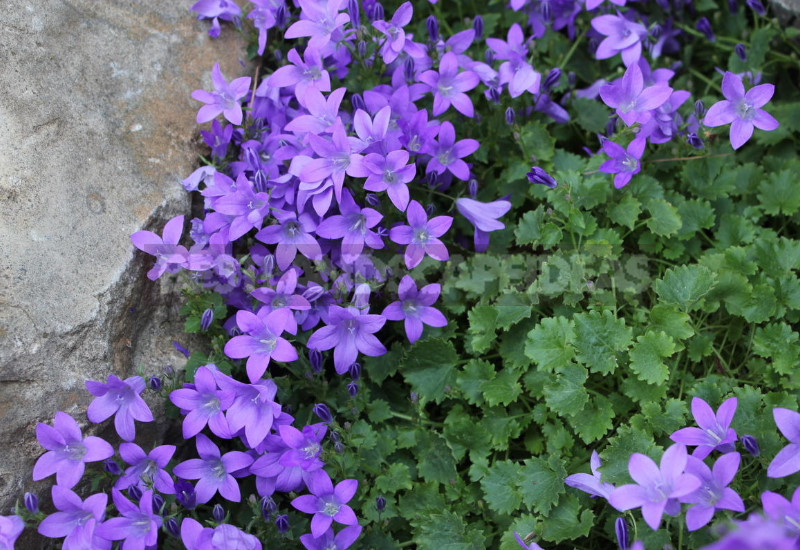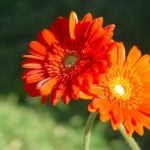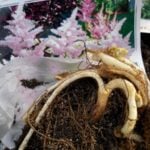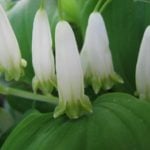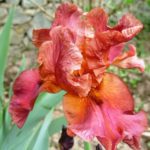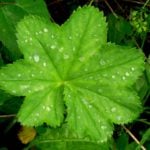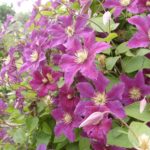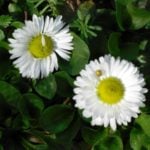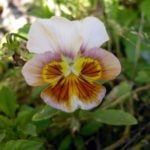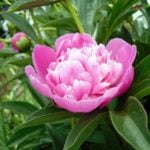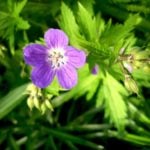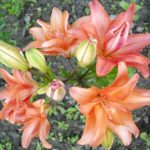I don’t know about you, but I love the dwarf perennial bluebells. Love everything about it: its diminutive stature (the height of 5-30 cm), compactness, abundant blooms, simplicity.
They are surprisingly different: some — “clump-forming” — form dense turf, others — “spreading” — lush bumps.
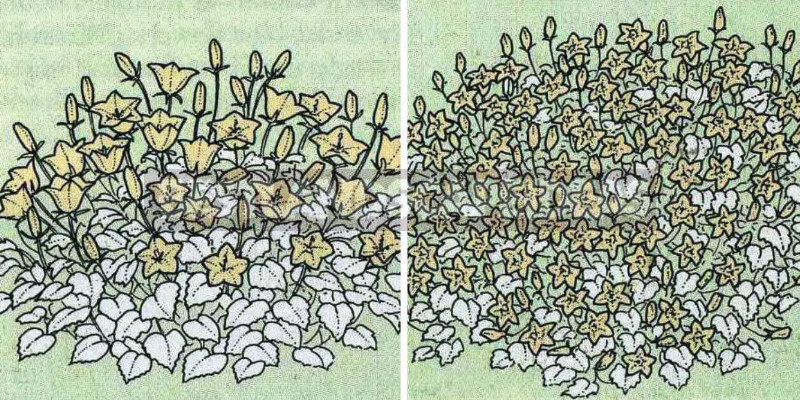
They meet the flowers of all three forms:
- tubular;
- campanulate;
- stellate.

Dwarf bells are adorable in rockeries.
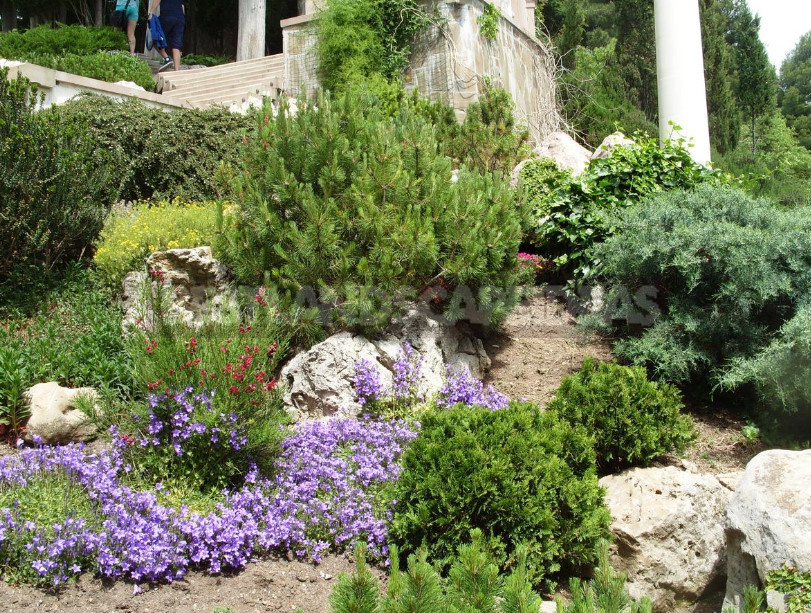
They are indescribably luxurious in bloom! They are the unsurpassed creators of the blue-violet, blue, blue cold range, which is harmonious in rockery with gray stones.
Many short winter-hardy bells in the middle lane, some of them overwinter with shelter. Cushion forms can be used for planting in pots, garden vases, containers and to create a flower border.
Campanula garganica, syn. C. elatines var. garganica
Creeping rhizome perennial from southern Europe.
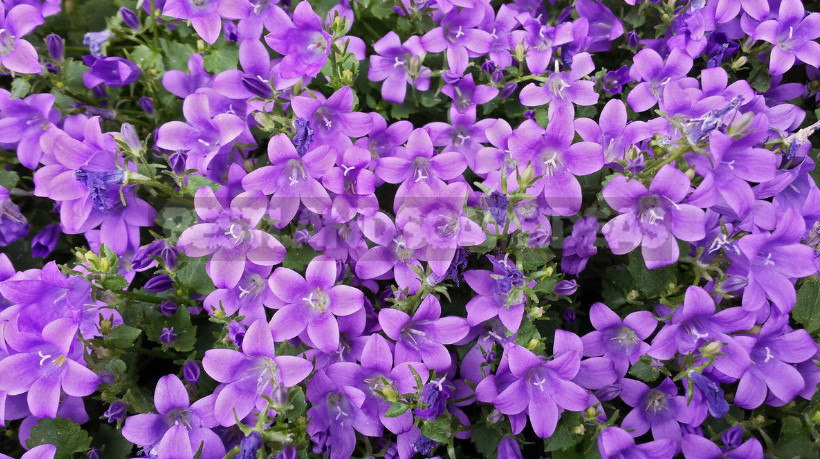
Its parameters: height 5 cm, width 30 cm leaves up to 3.5 cm from kidney-shaped to oval-heart-shaped. Flowers stellate, bright blue, up to 2 cm in diameter, in the hands. Blooms profusely in summer.
Decorative varieties:
- ‘Dickson’s Gold’, f. aurea — yellow leaves, blue flowers;
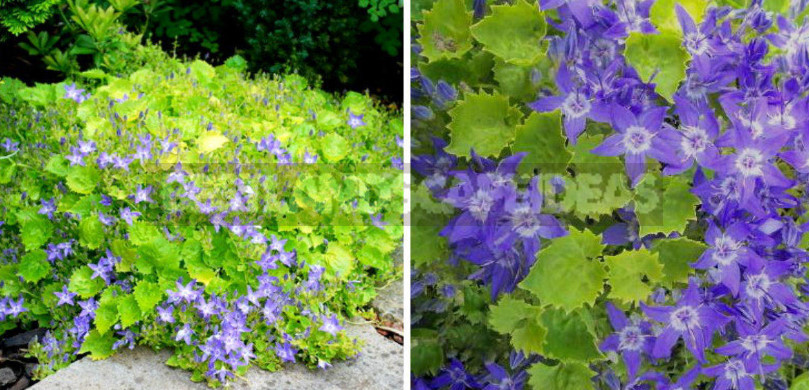
- ‘W. H. Paine’ — lavender-blue flowers with white center.
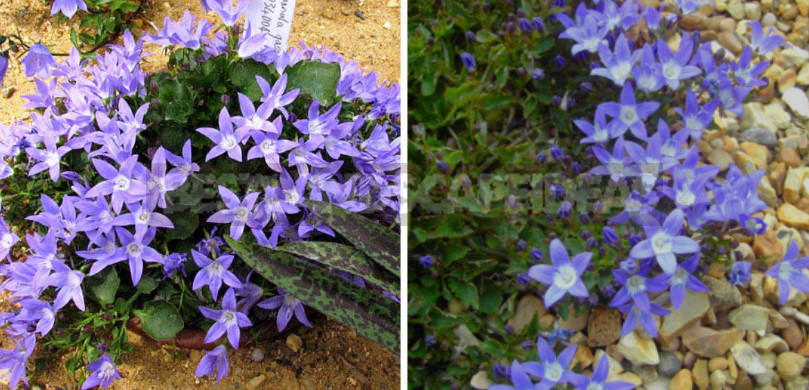
All of them form low cushion-shaped turf.
Campanula cespitosa, syn. C. caespitosa
It is one of the smallest species; it comes from the Alps.
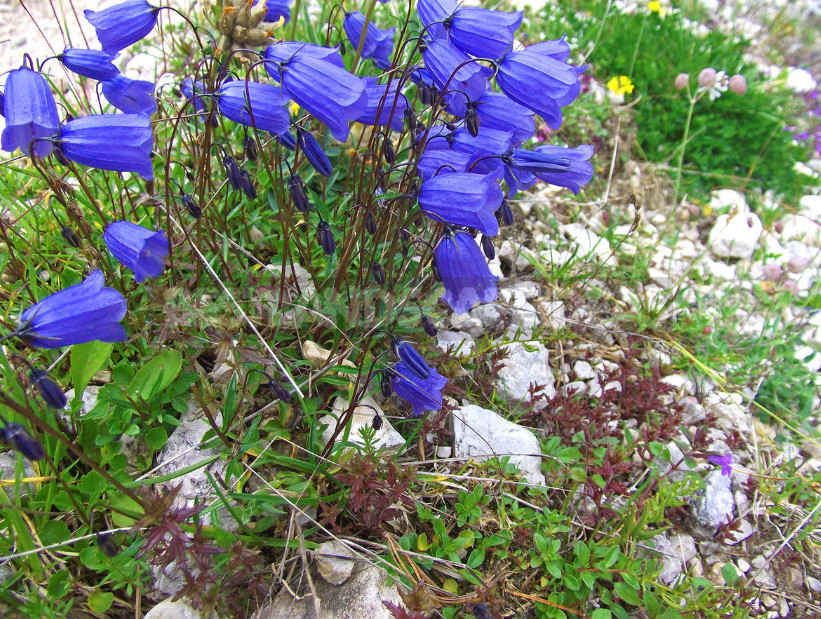
Its parameters: height up to 12 cm, width 15-20 cm oval Leaves. Flowers are bell-shaped, white, or blue. Blooms in early June. Requires carbonate soils. In comfortable conditions for him creeping shoots form dense cushion-shaped turf.
Campanula carpatica
The most common culture in Europe is a low bell. He comes from Central Europe.

Its parameters: height up to 30 cm, width 30-60 cm Leaves in the basal rosette long-petiolate, ovate-rounded, up to 5 cm Flowers are large, bell-shaped, blue, purple-purple, white, 3-5 cm in diameter. Flowering is very abundant in summer.
Decorative varieties and forms:
- ‘Bressingham White’ — large, white flowers;
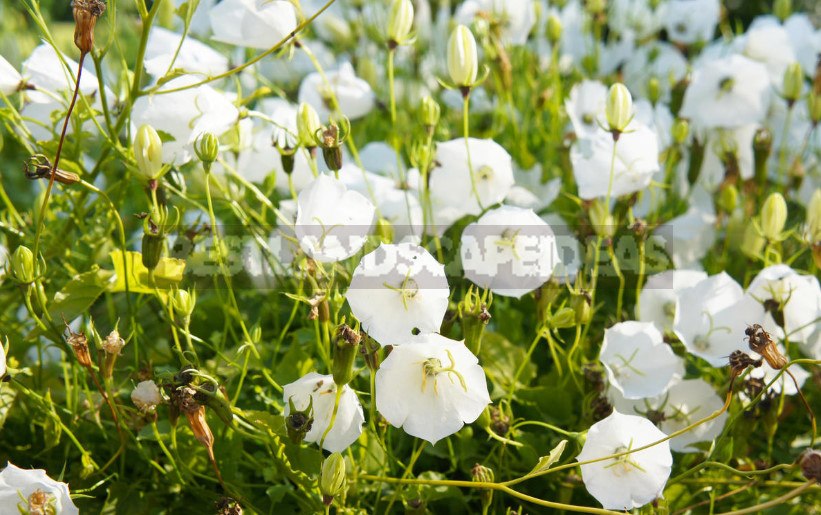
- ‘Jewel’ — compact, 10-15 cm tall, purple-blue flowers;
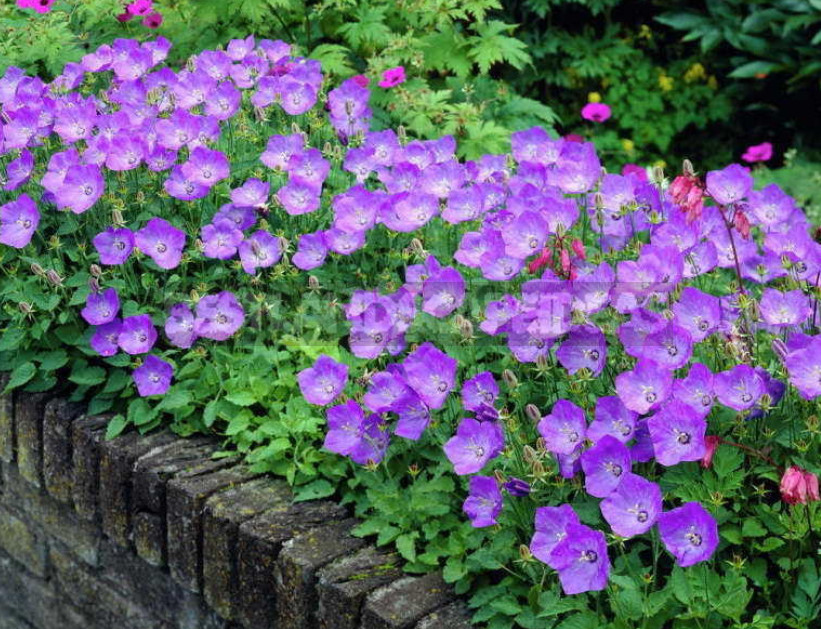
- ‘Turbinata’ — dwarf (height 10-15 cm), lavender flowers-blue;
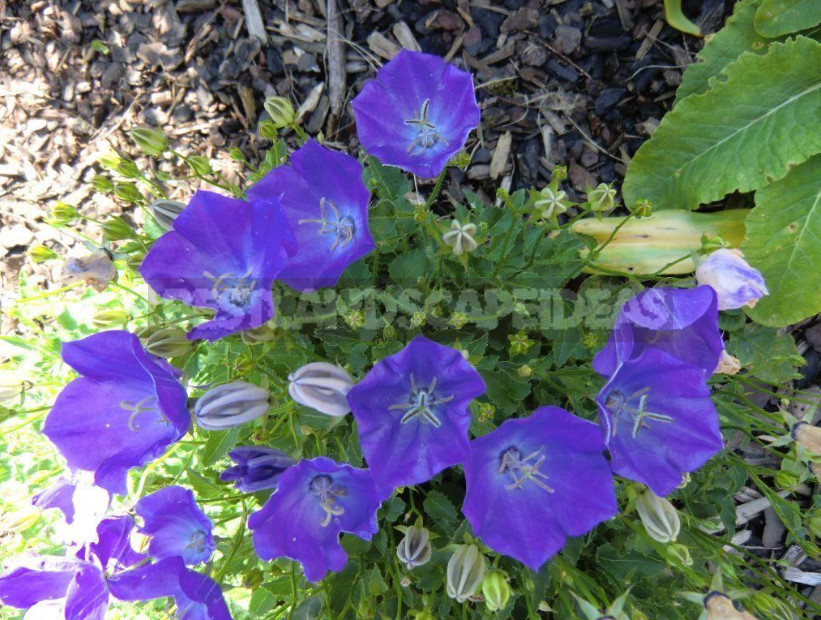
- ‘Weisse Clips’ (syn. ‘White Clips‘) — height 20 cm, white flowers.
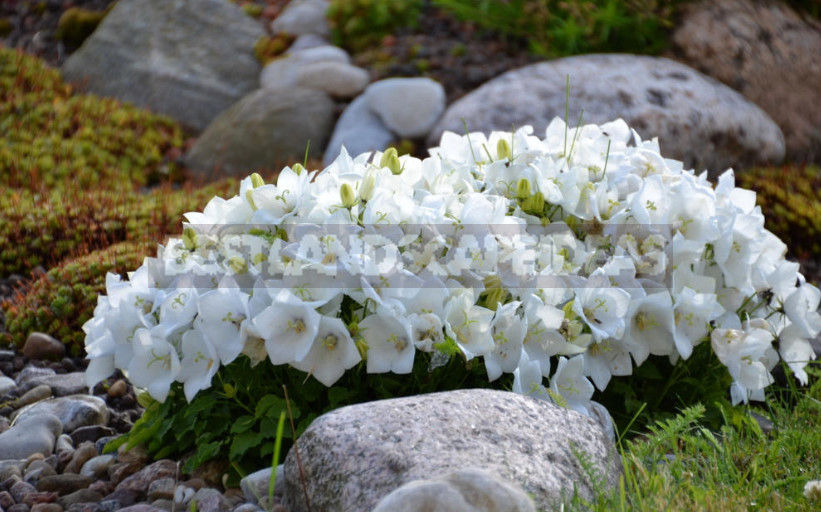
Forms dense cushion-shaped turf.
Campanula cochleariifolia, syn. C. bellardii, C. pusilla
It’s a loose soddy perennial of mountainous Europe.
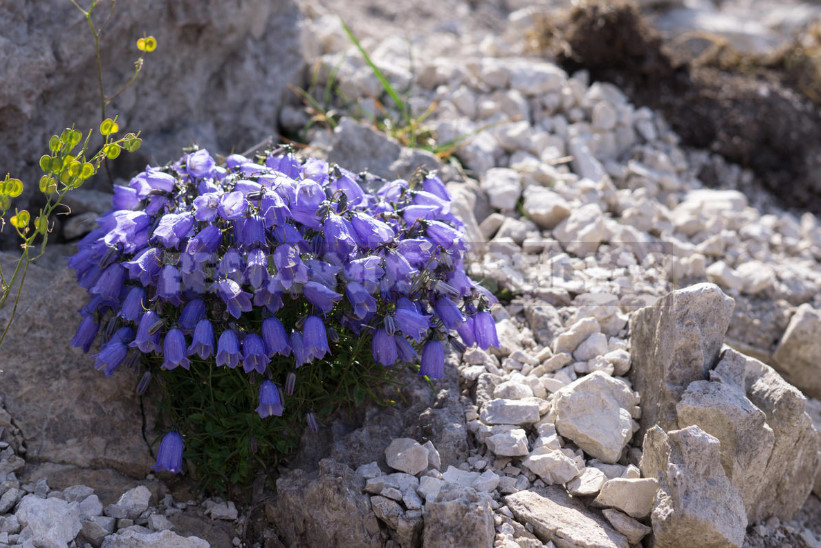
Its parameters: height 8 cm, width 30 cm petiolate leaves, ovate-rounded, 2 cm long bell-shaped Flowers, drooping, from white to lavender, blue, 1.5 cm long Blooms in summer, very abundant.
Decorative varieties and forms:
- ‘Elizabeth Oliver’ — double flowers, light lavender-blue;
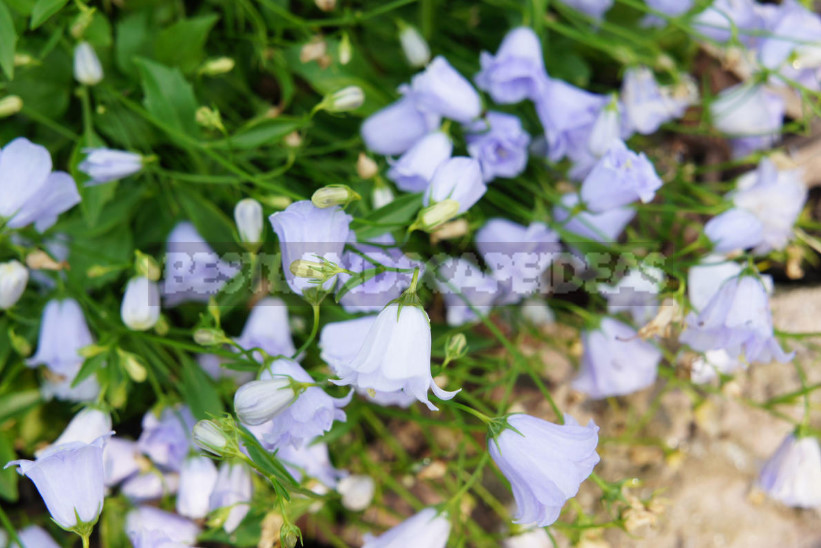
- ‘Miranda’ — grey-blue flowers;
- ‘White Baby’ — white flowers.
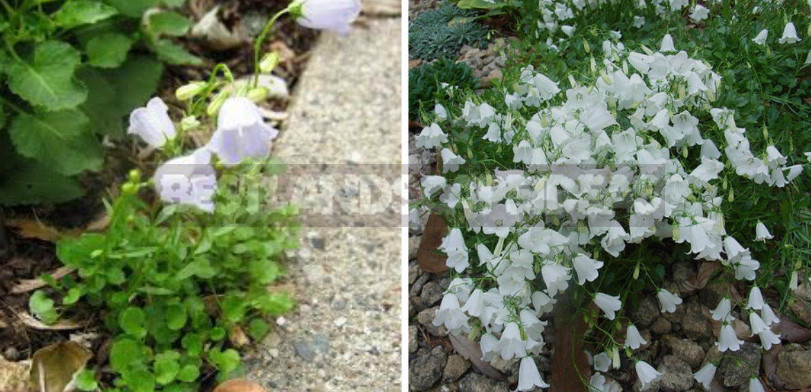
The turf of these bells are not dense.
Campanula portenschlagiana, syn. C. muralis
My favorite from the mountain of Croatia.
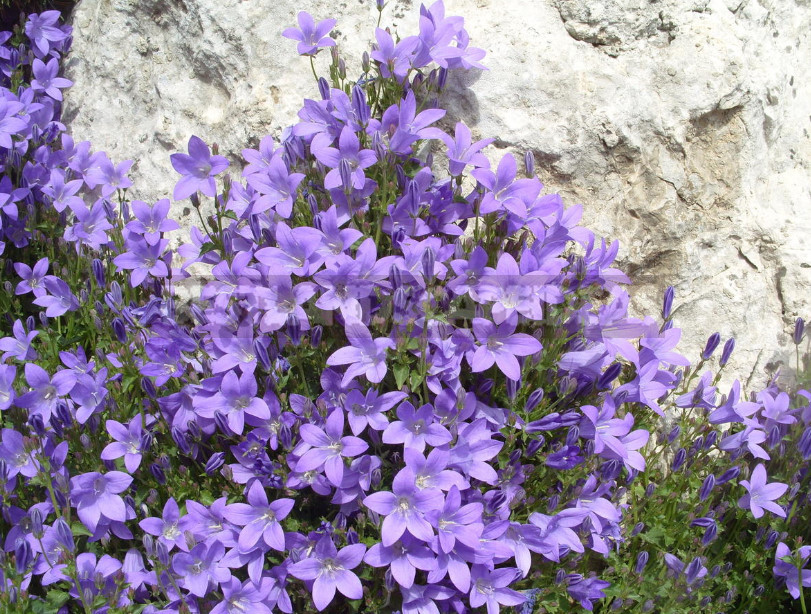
Its parameters: height up to 15 cm, width up to 50 cm leaves are rounded, 2-4 cm long Star-shaped flowers, bright purple, up to 2 cm Blooms in may-June, abundantly.
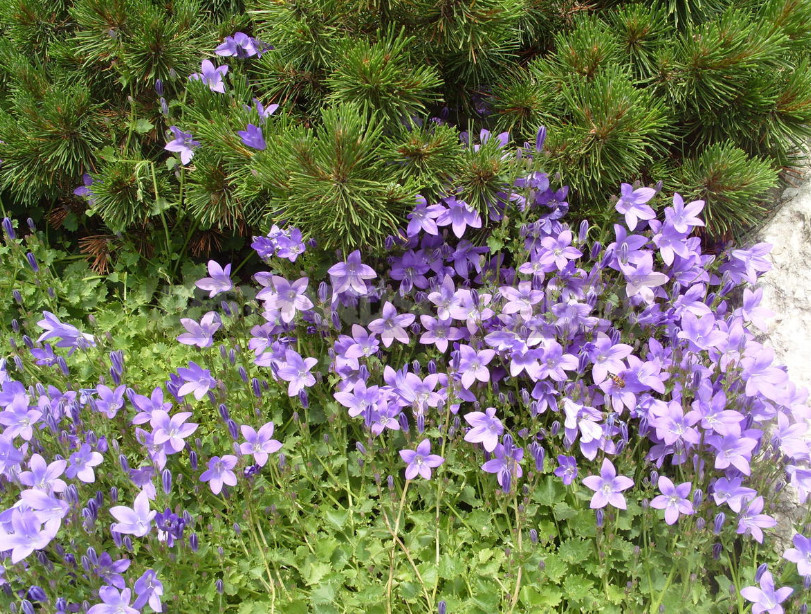
It forms cushion-like sod. Relatively winter-hardy: winter temperature minimum -15°C. In the middle lane requires shelter. It feels great both in Sunny areas and in partial shade. Likes loose, fertile non-acidic soil; grows poorly on clay. Does not tolerate stagnation of water. Very quickly grows, so in the country you need to control the spread. When planting should adhere to the distance between plants 10-15 cm. Well propagated pieces of rhizomes in the spring.
Campanula poscharskyana
Wonderful creeping perennial from mountain Croatia, Bosnia and Herzegovina.
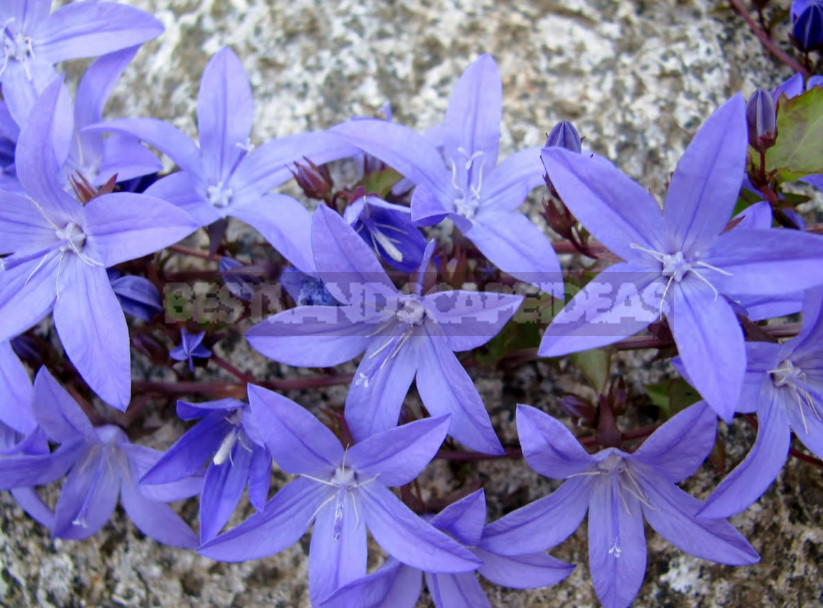
Its parameters: height 15 cm, width up to 60 cm leaves long-petiolate, cordate-ovate, up to 2.5 cm Flowers are large, up to 2.5 cm in diameter, stellate, light lavender, with a white center. Blooms throughout the summer, until the autumn cold.
Decorative varieties:
- ‘Stella’ — bright purple flowers.
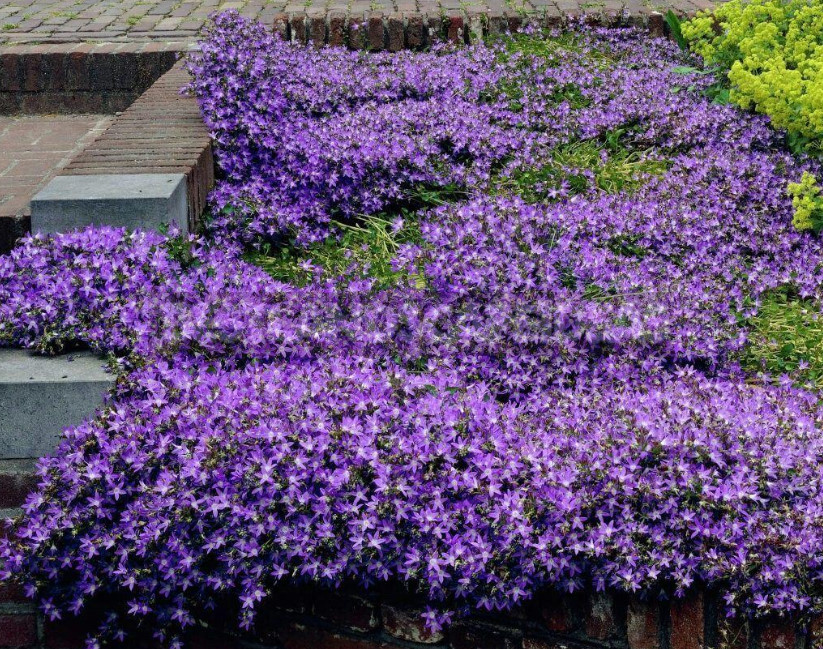
Flowering is so abundant that you literally can not see the leaves! Like light lavender, purple flower waves splash on the parapets, cover the curbs.
Campanula raddeana
Beautiful creeping Bellflower from the Caucasus.
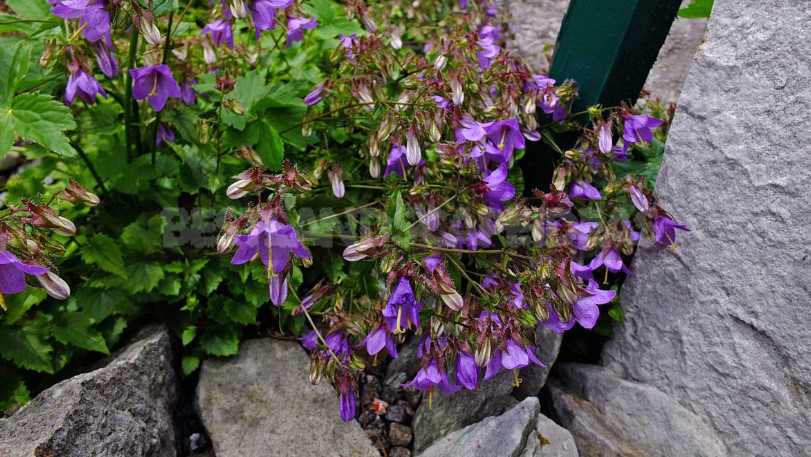
Its parameters: height 20-30 cm long-petiolate leaves, triangular. The flowers are light purple, drooping. Blooms profusely in June-July. Grows quickly, forming dense turf; need control of the spread. Photophilous. Hardy: its critical winter minimum is -23°C.
Features of growing low bells:
- like open spaces, can be planted near the stones;
- it is necessary to adhere to the distance between plants 10-15 cm;
- for good growth and flowering requires light, drained, fertile, calcareous soil;
- removal of faded stems, watering and fertilizing with a complex mineral fertilizer (with a predominance of phosphorus and potassium) prolongs flowering;
- pour low bells in rockeries should be moderate, and during rains, watering is to exclude;
- in hot and dry summer watering is required;
- do not like weeds, so do not forget about weeding;
- with well-prepared (with the introduction of fertilizers) planting places 3-5 years, you can do without fertilizing;
- in the spring, with the beginning of growth, bells are fed with nitrogen fertilizers, and with the beginning of budding — weakly concentrated mineral (all drugs are used strictly according to the instructions!);
- does not tolerate stagnant waterlogged;
- do not tolerate the close location of groundwater.
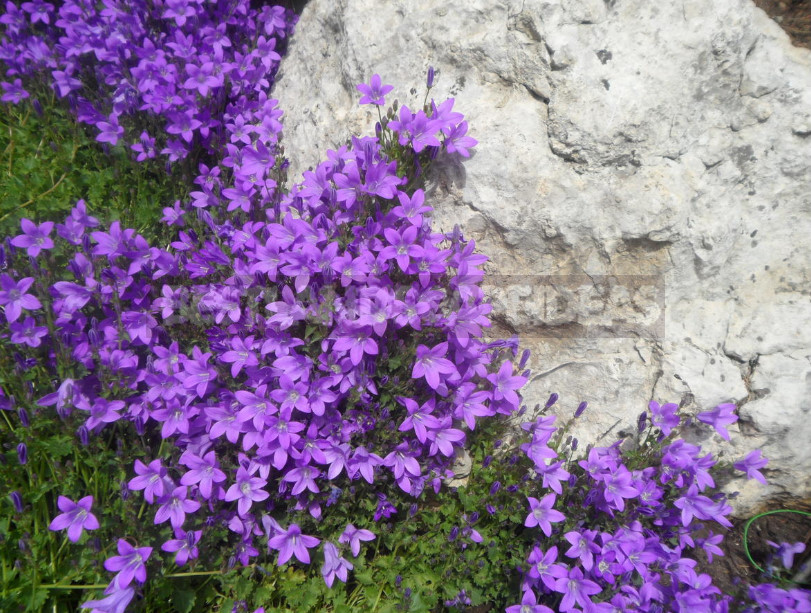
Diseases and pests of dwarf bells:
Low bells can be affected by rust, root rot, spotting, nematodosis and damaged by slugs, bean aphids, rodents.
Breeding dwarf bells:
Propagated by their division of plants in the spring (may) or autumn (September), cuttings of young shoots growing, sowing in spring or autumn (in winter, in the open ground). Seeds are collected in time when the boxes are browned, but not yet have time to open.
